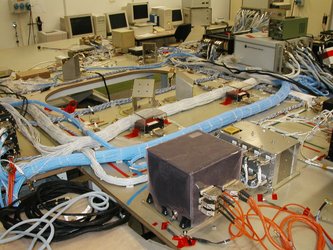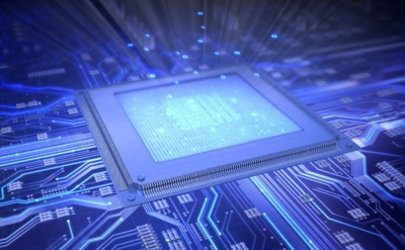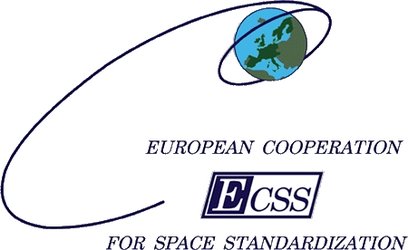Future Trends in Onboard Bus Use
As the capability of spacecraft microprocessors increases, there is a growing trend for distribution of the spacecraft control applications amongst remote terminals on the bus. This trend is seen both in payloads, which are increasingly autonomous and handle more of their own data processing and in the spacecraft sub-systems such as the power management system. This leads to two main effects.
Effects of the distribution of the spacecraft control applications
Firstly, there is an increase in traffic on the onboard bus. Secondly, as remote terminals become more “intelligent”, they expect better services from the onboard bus. In particular, they expect to be able to access the bus to transfer data packets on demand, and many modern software architectures are based on messaging capabilities, where applications communicate with each other variable length messages that are generated asynchronously.
Increased data volume

Another trend is the steadily increasing volumes of data, especially from payloads. Any given bus has a limit to its data throughput capacity, making it more and more difficult to devise bus scheduling tables that accommodate all of the asynchronous bus traffic while meeting the deadlines required by synchronous transfers. One answer to this is to use more than one bus (separate payload and platform busses are a common reality in many spacecrafts), or to use dedicated high speed links for high volume data paths. However, this introduces its own problems of bus control and management, particularly when data has to be transferred across more than one bus.
The steadily increasing “intelligence” in remote terminals, their demands for more comprehensive communication services, and the need to support more elaborate, multi-bus architectures, results in an increased use of higher level protocols across the onboard bus. This in turn may increase the volume of traffic, particularly asynchronous traffic, but more importantly emphasises the need for a symmetric medium access service to be provided by the onboard bus.
While there is a steady increase in the asynchronous packet traffic across spacecraft busses, there is no decrease in the number of simple sensors and actuators that must be serviced through the bus. In fact, there is clear evidence to suggest that the number of such simple devices is also increasing.
High performance data buses

The most common command and control bus used on a spacecraft is the MIL-STD-1553B covered for future European space use by the extensions in ECSS-E-ST-50-13C. However, as processing power increases and sub-systems evolve, there is an increasing need for data networks that have extended capability with respect to MIL-STD-1553B, while simultaneously being compatible with the miniaturised low power units that they interconnect. This aspect includes the reduction of pin, counts, connector sizes and harness mass. Coupled with the need to improve connectivity is the recognition that the building block approach requires standardisation above the level of the basic bus protocols.
Among others, future developments in data systems foreseen by ESA include:
- The use of the CAN bus as a complementary solution with respect to MIL-STD-1553B
- The development and use of higher layer protocols
- Standardization of Digital Sensor busses as the most efficient way to reduce harness and integration costs.
- Requirements for a higher accuracy of sensors signals can be met by the use of digital sensor busses.















 Germany
Germany
 Austria
Austria
 Belgium
Belgium
 Denmark
Denmark
 Spain
Spain
 Estonia
Estonia
 Finland
Finland
 France
France
 Greece
Greece
 Hungary
Hungary
 Ireland
Ireland
 Italy
Italy
 Luxembourg
Luxembourg
 Norway
Norway
 The Netherlands
The Netherlands
 Poland
Poland
 Portugal
Portugal
 Czechia
Czechia
 Romania
Romania
 United Kingdom
United Kingdom
 Slovenia
Slovenia
 Sweden
Sweden
 Switzerland
Switzerland




























